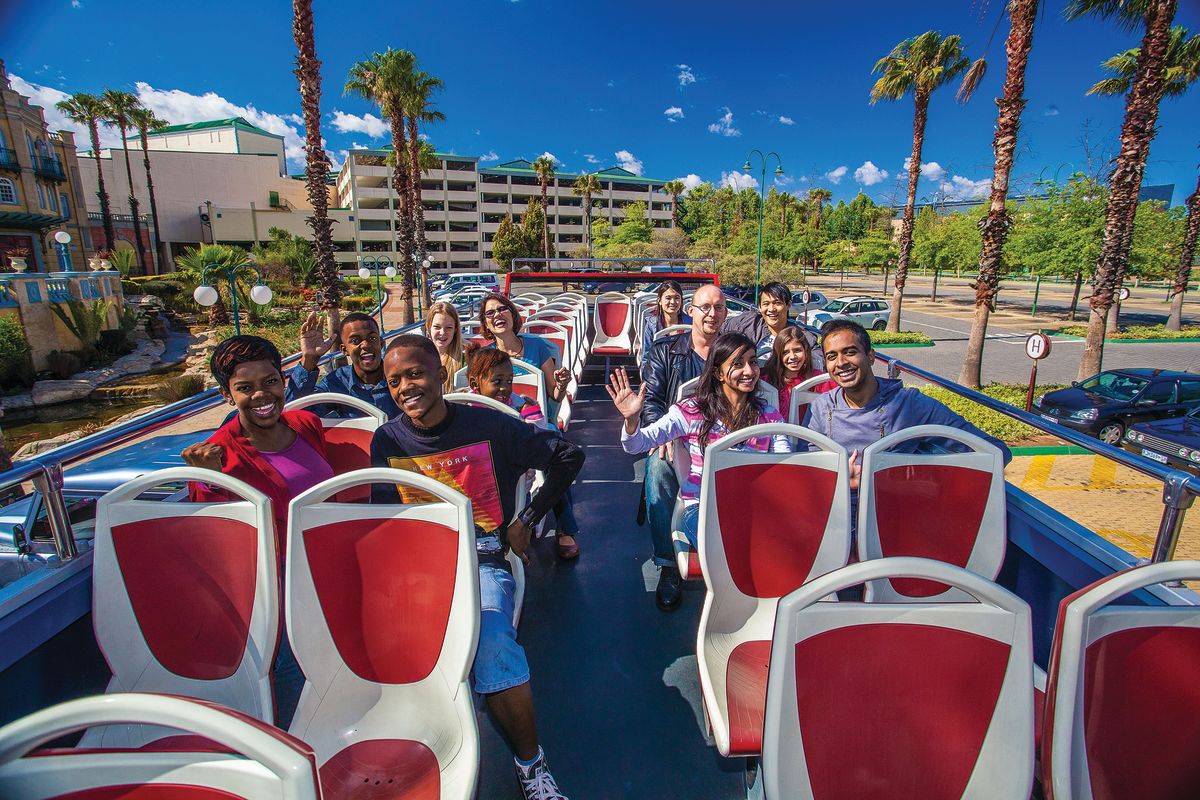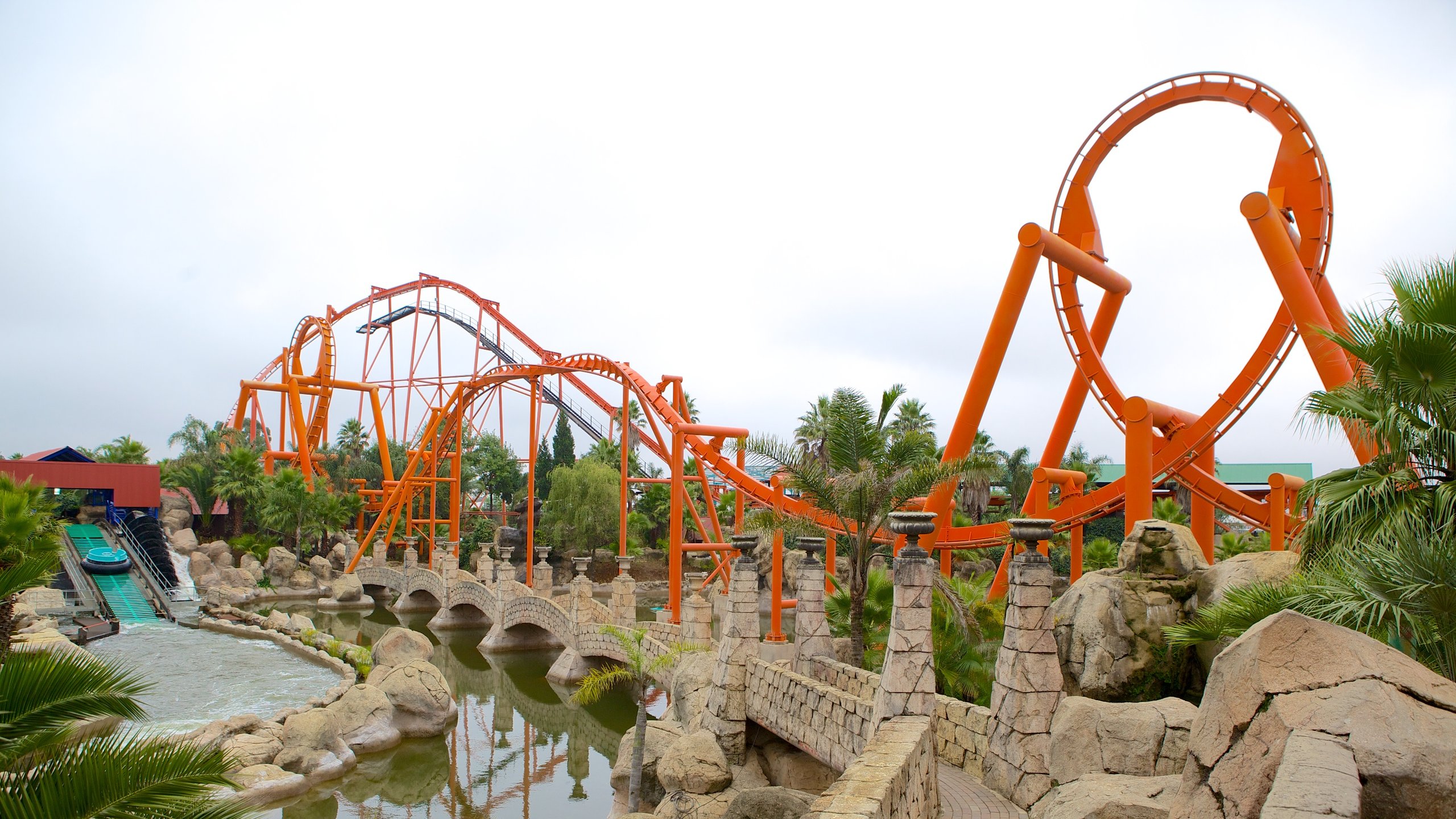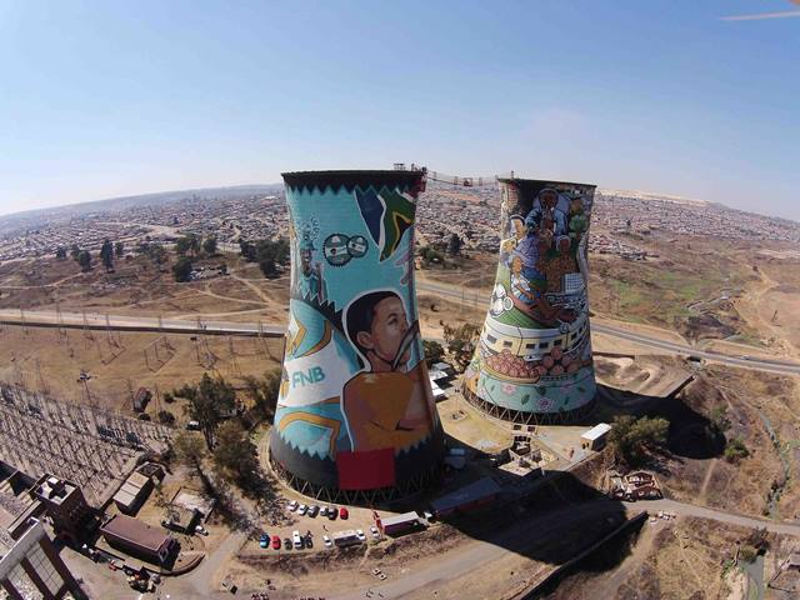The Of Johannesburg North Attractions
The Of Johannesburg North Attractions
Blog Article
About Johannesburg North Attractions
Table of ContentsThe Main Principles Of Johannesburg North Attractions The Ultimate Guide To Johannesburg North AttractionsUnknown Facts About Johannesburg North AttractionsJohannesburg North Attractions Fundamentals ExplainedWhat Does Johannesburg North Attractions Mean?What Does Johannesburg North Attractions Do?The smart Trick of Johannesburg North Attractions That Nobody is Discussing
However you ought to maintain safety and security in mind and tourists need to remain sharp at all times when in unknown environments. Talk to the locals when you remain in community to discover the location you are remaining in. Johannesburg North attractions. When on the street (this does not put on shopping center and various other secure atmospheres) ideal basic advice is to try your ideal to look like a local and to prevent presenting any type of riches
3 Simple Techniques For Johannesburg North Attractions
Professor Revil Mason O. J. (Thomson, 1946) discovered the Witwatersrand's pre-colonial history. His archaeological job took off the 'em pty land' misconception, according to which the region was lacking human habitation prior to the arrival of European inhabitants. In his magazines Prehistory of the Transvaal: A Document of Human Task (1962) and Beginnings of Black People of Johannesburg and the Southern Western Central Transvaal AD 3501880 (1986 ), Professor Mason demonstrated the degree of social and financial growth in the location before Europeans set foot here.

Johannesburg North Attractions Things To Know Before You Get This
In 1878, David Wardrop located gold in quartz veins at Zwartkop, north of Krugersdorp. In 1881, Stephanus Minnaar came across gold on the farm Kromdraai, near the Cradle of Mankind.
In March 1886, a protrusion (quickly to be called the Key Reef) was found, rather luckily, on Gerhardus Oosthuizen's ranch Langlaagte. Some claim that the Lancastrian coal miner George Pedestrian uncovered this reef. One more travelling English miner, George Harrison (that had actually formerly operated in Australian mines) obtained a prospecting permit in respect of Langlaagte in Might 1886.
He decided to carry on in a mission for greener pastures, and disposed of his Langlaagte insurance claim for the handsome sum of 10. Alas: underneath lay the wealthiest goldfield ever before discovered. The exploration of this abundant auriferous reef provoked a gold rush that signalled the end of bucolic tranquillity in the southern Transvaal.
It would, within six years, become the biggest town in southerly Africa. Within a years, it would certainly make the Z. A. R. till after that an anarchical and insolvent little state the most affluent country in Africa. By the turn of the century, the Z. A. R. was to surpass Russia, Australia and the United States of America to become the globe's leading gold manufacturer, creating greater than a quarter of the world's gold.
Some Known Questions About Johannesburg North Attractions.
It was referred to as Ferreira's Camp, named after Colonel Ignatius Ferreira. He was a Boer traveler upon whom the British authorities had presented the condition of Companion of one of the most Differentiated Order of St Michael and St George (entitling him to the post-nominal letters C. M. G.) in gratefulness for his function in the war that had actually deposed the Pedi king Sekhukhune in 1879.
Two various other camps were developed: Meyer's Camp on the farm Doornfontein, and Paarl Camp. The latter was nicknamed Afrikander Camp; several people from the Cape Nest settled there.

The 5-Minute Rule for Johannesburg North Attractions
This name obtained currency by word of mouth, such that the State Assistant verified the name to the Mining you could try this out Commissioner on 9 October 1886. Stands in the village were auctioned on 8 December 1886. While some stands were sold for 10, others were torn down for just sixpence.
Two years later on, these erven were to alter hands for as high as 750 each. The tented camps diminished as a dorp of corrugated iron buildings created and expanded north of the mines situated along the Main Coral Reef Road. Areas such as Jeppe's Community (where working-class immigrants erected their homes) and Doornfontein (where the wealthy new 'Randlords' started to construct their luxurious residences) were quickly added to the ever-expanding map of the community.
The 30-Second Trick For Johannesburg North Attractions
Besides the road names, there were no signs of Johannesburg being situated in a Dutch-speaking country. Lots of years later on, C. W. Kearns O. J. (among the initial boys signed up at St John's University in 1898) would certainly remember: 'A strange fact regarding Johannesburg was that, although it was in the [Boer Republic], virtually every person talked English and also the Government my response slaves resolved one in English, unless they were initial addressed in the Taal (or Low Dutch)'.
As such, Britain had an interest in ensuring optimal conditions for gold manufacturing on the Witwatersrand, which the gold was exported to London instead of Berlin a necessary made even more clamant by the Z. A. R - Johannesburg North attractions.'s boosting toenadering with Germany. Mine proprietors were on a clash with Head of state Kruger, whose policy of monopolistic giving ins (usually provided to his cronies) stopped mining business from procuring products of materials (especially dynamite) and work by themselves, less expensive terms
Everything about Johannesburg North Attractions
In 1890, the Volksraad had limited the franchise to white guys that had lived in the Z. A. R. for fourteen years or longer, hence disqualifying many of the immigrants (that happened to be the major contributors to the fiscus). Nonetheless, agitation for the vote was a plain pretense for promoting a different schedule; most uitlanders regarded themselves as short-lived visitors and had no objective of continuing to be in the Z.
Report this page